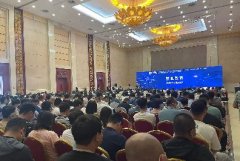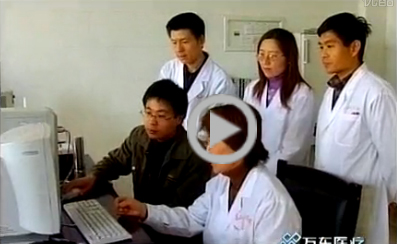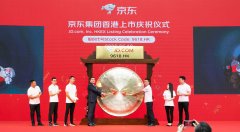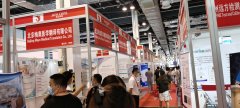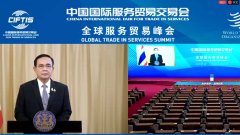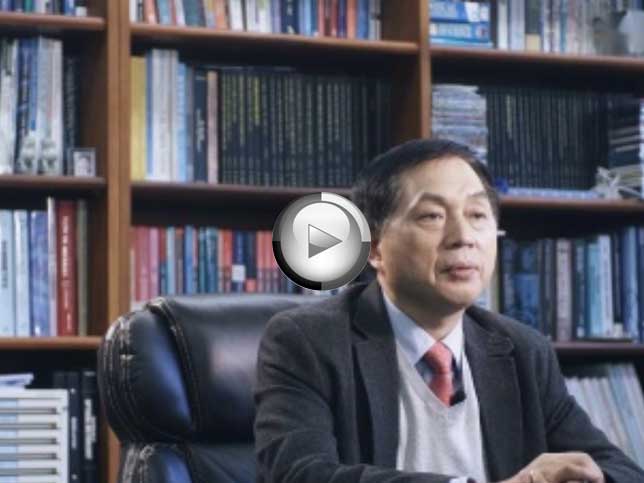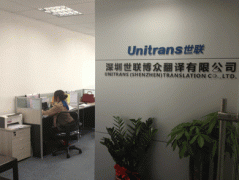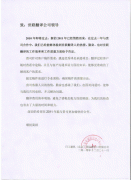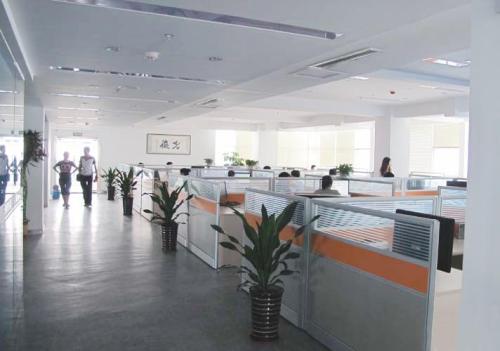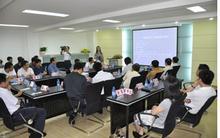上海翻译公司完成纤维内镜导水管成形术中文翻译
时间:2018-02-15 18:54 来源:未知 作者:dl 点击:次
上海翻译公司完成纤维内镜导水管成形术中文翻译
The fiberoptic endoscope aqueduct angioplasty and stent placement for treatment of internal hydrocephalus Objective: Neuroendoscopic third ventriculostomy nephrostomy operation has been widely used in treatment of hydrocephalus caused by aqueduct stenosis, and has been turned out effective. In addition, the fiberoptic endoscope aqueduct angioplasty can also attempted for the patient with difficulty of nephrostomy in third ventriculostomy, because the single aqueduct angioplasty is provided with a very high incidence rate of stenosis. We try to use small-caliber fiberoptic endoscope to do third ventriculostomy nephrostomy operation, and have an operation of midbrain aqueduct angioplasty and stent placement to the patient with difficulty of nephrostomy in third ventriculostomy. Objects and Methods: From Feb 2007 to Aug 2009, there are 13 cases in aqueduct stenosis treated by aqueduct angioplasty in endoscope with stent placement. 7 cases in congenital aqueduct opening membrane obstruction, 4 cases in post hemorrhagic hydrocephalus of newborn, 1 case in hydrocephalus caused by tuberculous meningitis, 1 case in hydrocephalus caused by purulent meningitis. Take Line magnetic resonance imaging of the cerebrospinal fluid film to all patient to examine the dynamics of cerebrospinal fluid, it indicated that aqueduct obstruction. Make the patient general anesthesia, supine position, head 30°high, and employ Rudolph-Fujinon 3.8mm electronic soft lenses. Incision of scalp is generally selected in 1cm to right frontal coronal suture, and break open 3cm approached anteropostorior line. Let 3.8mm electronic soft lenses into ventriculus laterali cerebri, try to expand opening of aqueduct through 2F Foley’s tube to 4~5mm. Machining the shunt valve into 1cm length of stent, slipping into Foley’s tube, and injecting water into tube and fixating the stent to the end of tube, then putting into cerebral aqueduct. Pump the physiological saline injected out, and exit tube duct, then put stent into stenosis of duct. Result: Follow-up time of the 13 patients are 24-36 months, 29 months average. 11 patients get a remission after operation. A 5-months male patient in post hemorrhagic hydrocephalus, gets fontanelle tension increased again 2 months later the operation. Endoscope examination indicate that proximal stent membrane obstructed, and pull the stent out towards the third ventriculostomy tower opening of aqueduct 3mm, then the patient get remission. A 7-year female with hydrocephalus caused by tuberculous meningitis, didn’t get an obvious remission when put in a 6mm stent, and PC-cline indicate aqueduct cramped still. Do the operation again, changing stent into 12mm, the symptom of high intracranial pressure get relieved. The 13 patients don’t have infection, cerebrospinal fluid fistula, oculomotor paralysis or any other complications. Conclusion: Aqueduct angioplasty provides the opportunity that get rid of shunt tube depends for the patients of obstructive hytrocephalus who can’t get the operation of the third ventriculostomy nephrostomy, however, the single aqueduct angioplasty may provide a very high rate of re-obstruction. Stent placement after aqueduct angioplasty can increase the success rate of operation, but the risks of mid-brain or aqueduct injury and complications of stent displacement also exist. Employing fiberoptic endoscope to place the stent can decease the injury of mid-brain, due to a small number of cases and short time of follow-up, it is rigorous to select patients according to indications. 纤维内镜导水管成形术并放置支架治疗梗阻性脑积水 目的:神经内镜三脑室底造瘘术已经被广泛用于治疗导水管狭窄导致的脑积水,并被证明是安全有效地。而对于三脑室造瘘困难的患者,也可以尝试内镜中脑导水管成形术,单纯导水管成形术具有有非常高的在狭窄发生率。我们尝试利用小口径纤维内镜进行三脑室底造瘘术,对三脑室底造瘘困难的患者行中脑导水管成形并放置支架。 对象与方法:2007年2月至2009年8月间,内窥镜下导水管成形术同时放置支架治疗导水管梗阻性脑积水13例。先天性导水管开口膜性梗阻7例,新生儿脑出血后脑积水4例。结核性脑膜炎导致脑积水1例,化脓性脑膜炎后脑积水1例。全部患者行磁共振脑脊液电影成像检查对导水管中脑脊液流的动力学进行检测,提示导水管梗阻。采用鲁道夫-富士能外径3.8mm电子软镜。全麻,仰卧,头高30°,头皮切口一般选择右额部冠状缝前1cm,中线旁开3cm。电视监视下以3.8mm直径电子软镜进入侧脑室,首先尝试通过2F球囊导管扩张导水管开口,扩张至4~5mm。将分流管加工成长度1cm支架,套入球囊导管,将球囊注水后将支架固定于球囊末端,送入中脑导水管,将注入生理盐水抽出,退出球囊导管,支架放置于导水管狭窄位置。 结果:13例患者随访时间随访24-36个月,平均29个月。11例患者术后症状缓解。一名年龄5个月的男性患者,新生儿出血后脑积水,手术后2个月,再次出现囟门张力增高,内镜探查支架近端膜性闭塞,将支架向三脑室方向拔出,高于导水管开口水平3mm,临床症状缓解。1名女性,7岁结核性脑膜炎导致脑积水患者放入6mm支架后症状无明显缓解,PC-cine提示导水管未通畅,再次手术,更换12mm支架后,高颅压症状缓解。13例患者无感染,脑脊液瘘,动眼神经麻痹等并发症。结论:导水管成形术为这无法行三脑室底造瘘术的梗阻性脑积水患者提供了摆脱分流管依赖的机会,但是简单的导水管成形术再次梗阻的率非常高,在导水管成形之后放置支架可以提高手术的成功率,但是存在术中损伤导水管或中脑,术后支架移位的并发症,利用纤维内镜放置支架可以减少中脑损伤,但是由于病例少,随访时间短,选则患者要严格选择适应症。上海翻译公司完成纤维内镜导水管成形术中文翻译 世联翻译-让世界自由沟通!专业的全球语言翻译供应商,上海翻译公司专业品牌。丝路沿线56种语言一站式翻译与技术解决方案,专业英语翻译、日语翻译等文档翻译、同传口译、视频翻译、出国外派服务,加速您的全球交付。 世联翻译公司在北京、上海、深圳等国际交往城市设有翻译基地,业务覆盖全国城市。每天有近百万字节的信息和贸易通过世联走向全球!积累了大量政商用户数据,翻译人才库数据,多语种语料库大数据。世联品牌和服务品质已得到政务防务和国际组织、跨国公司和大中型企业等近万用户的认可。 |





